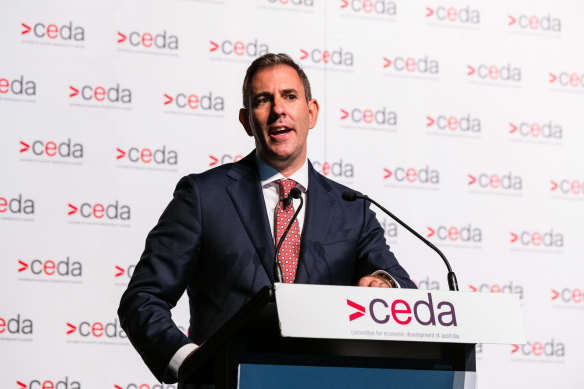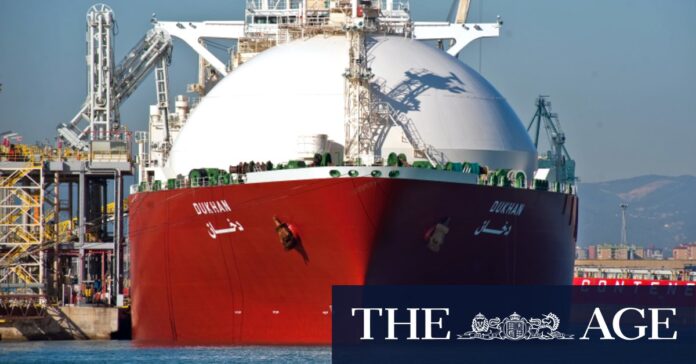[ad_1]
“Prices are expected to remain relatively high in early 2024, affected by potential supply disruptions and the possibility of higher weather-related demand,” the Department of Industry, Science and Resources says in its quarterly report.
“However, from 2025, new supply … should reduce these pressures and result in a steady lowering of prices.”
Loading
The hastening global shift to clean energy also raises questions about the role of gas in a decarbonising world: some projections indicate it will remain an indispensable part of the world’s energy mix alongside renewable energy for decades, while others are more doubtful about its outlook as nations increase ambitions to burn fewer fossil fuels and slash greenhouse gas emissions.
“While highly uncertain as to trajectory, gas is expected to reduce over the longer term as major global economies target net-zero,” the report says. “In the near to medium term, demand is expected to remain strong as gas replaces higher-emission fossil fuels as a bridge to renewable energy.”
The value of Australia’s coal exports is also set to come under pressure. Earnings from sales of thermal coal – the type burned in power stations – raked in $66 billion in the 2023 financial year, but that figure is expected to fall by 45 per cent to $36 billion in the 12 months to June 30, and drop to $30 billion by next year.
Earnings from metallurgical coal, used in steel-making furnaces, are expected to drop $8 billion this financial year to $56 billion, and could fall as low as $35 billion in the coming years as supply disruptions gradually ease.

The projected declines from recent peaks have prompted Treasurer Jim Chalmers to temper expectations for the upcoming federal budget.Credit: James Brickwood
Iron ore – the key ingredient needed to make steel – remains Australia’s most lucrative export, and is expected to earn $136 billion in 2023-24, up 10 per cent on the prior year. The forecasts suggest it could ease to $111 billion by 2024-25 and fall to around $83 billion by 2029.
Overall, Australia’s resource and energy exports are forecast to dip from a record high of $466 billion to $416 billion this financial year, before continuing to ease to around $300 billion in the next five years as prices “level out”.
Although global economic growth remains soft, key markets have continued to support Australian commodity demand, the report says. Chinese demand is likely to continue shaping commodity markets over the next five years, and India is likely to account for a significantly larger share of global demand by 2029.
Loading
Resources Minister Madeleine King said the latest forecasts outlined a positive outlook for resources and energy exports that would continue to support jobs, provide secure and reliable energy supplies to trade partners, and underpin Australia’s economic wellbeing.
She added that demand would likely remain particularly strong for commodities that would be increasingly needed as building blocks for low-emissions energy infrastructure – including lithium, copper, aluminium and iron ore – as the world targets net-zero emissions.
“The road to net-zero runs through Australia’s resources sector,” King said.
“Our resources and energy industries support more than 300,000 Australian jobs directly and indirectly, supporting regional communities and our national economy.”
The Business Briefing newsletter delivers major stories, exclusive coverage and expert opinion. Sign up to get it every weekday morning.
[ad_2]
Source link


